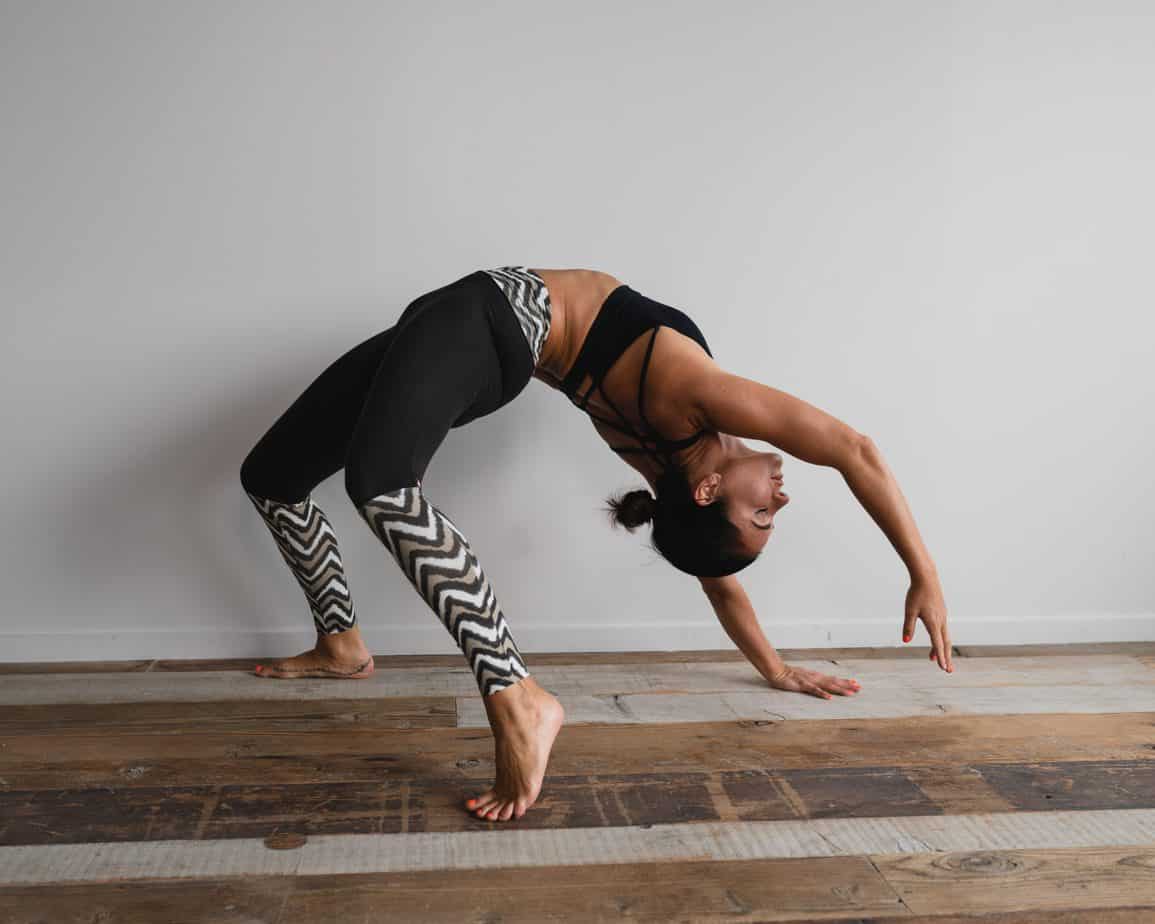Performing Arts & Physical Therapy

Did you know that there are certifications for physical therapists that are dedicated specifically to treat those who are part of the performing arts community? Most people think that performers have the “perfect” bodies. While this may be true in some cases (especially aesthetically), any athlete and performer will always have something to work on. Usually they are the most tough on their bodies – and most dedicated for that matter! But an increase in dedication always comes with more recovery time. What would a physical therapist focus on for those within this field?
Let’s take dancers for example:
Postural Analysis
When examining one’s posture, the therapist can try and figure out what joints / muscles look “off” and not properly aligned. Sort of similar to putting a puzzle back together. For example, if someone’s head is too forward, this adds on a significant amount of pressure onto that person’s spine leading them into poor posture throughout their day.
Movement Patterns / Habits On Stage
Are there certain movements on stage that may be causing a certain injury? This is where it’s something to watch old videos and old performances to see if the performer has been moving a certain way to cause their current injury. Let’s take lifting up overhead: if a performer needs to lift something over there head and they are hiking their shoulder as they do so – this would be something to address and fix.
Quick Tweaks To Get Show Ready
What if the dancer needs to jump off the stage during a scene? Wear a heavy costume? Hold someone up for long periods of time? Luckily, there are ways for physical therapists to help with this. We teach many ways to combat and prevent certain injuries from occurring especially if we know what a performance / show may entail. For example, a physical therapist can use kinesiotape to get a certain joint back into the position that it needs to get into. We can also teach how to lift, move, jump and run in safer ways to prevent a repetitive injury from happening again.
Regimented Exercise Program
A therapist should always place a patient on a regimented exercise program in order to stabilize and maintain joint and muscle strength. An exercise program is a great way for someone to keep up with the movement patterns and posture education that were taught during therapy and a good way for that patient to increase independence in their rehab journey.







